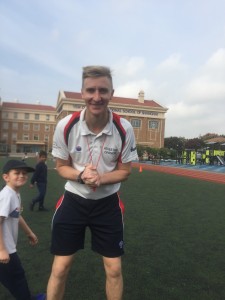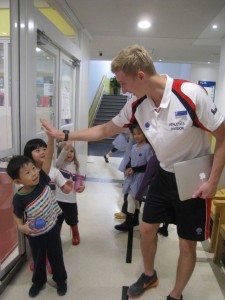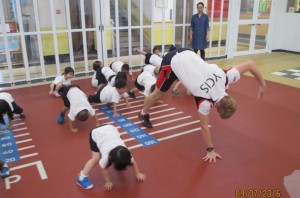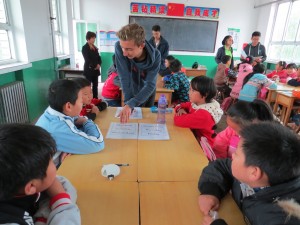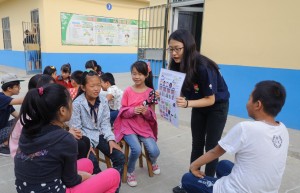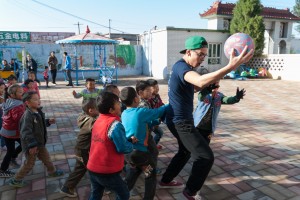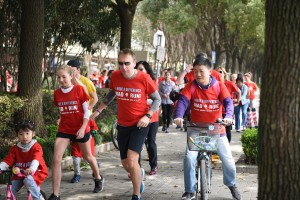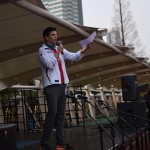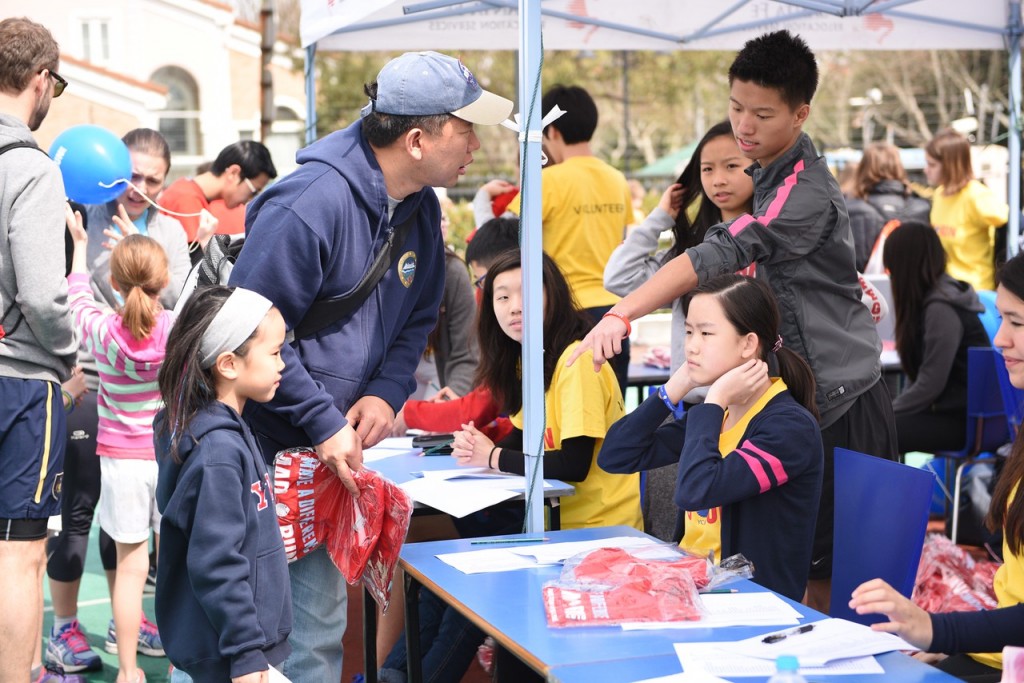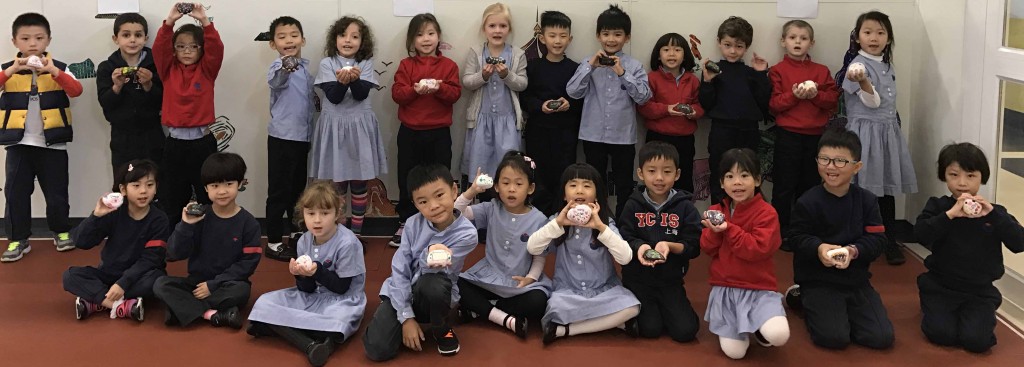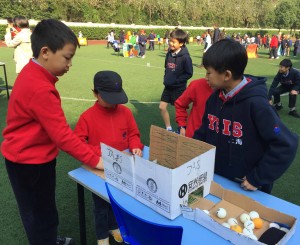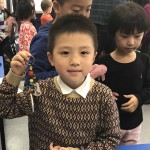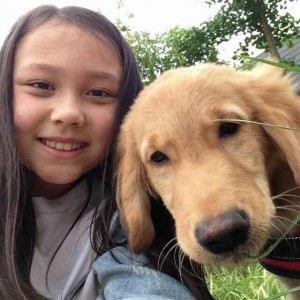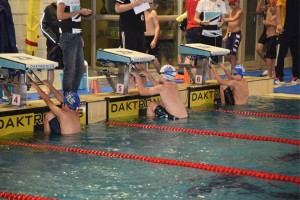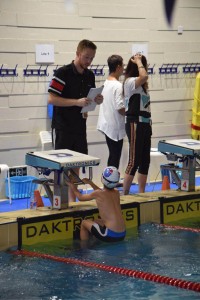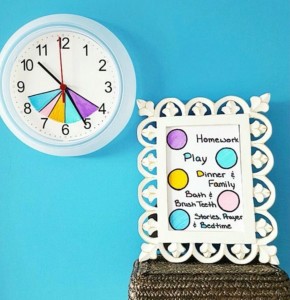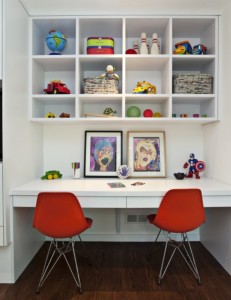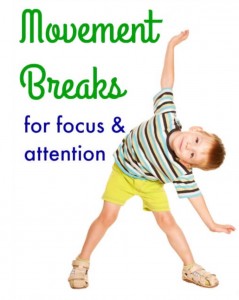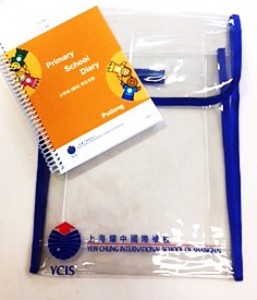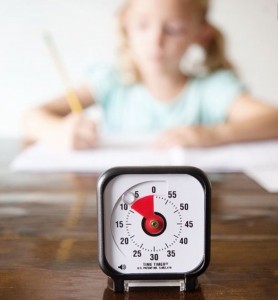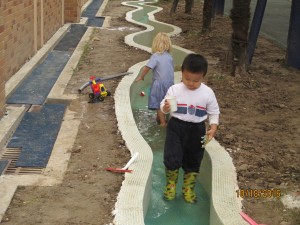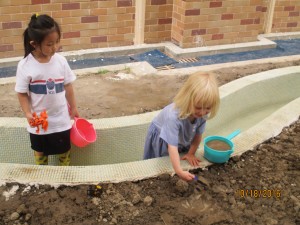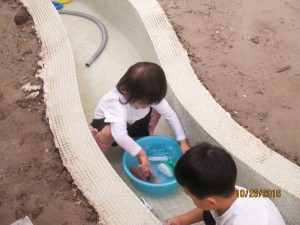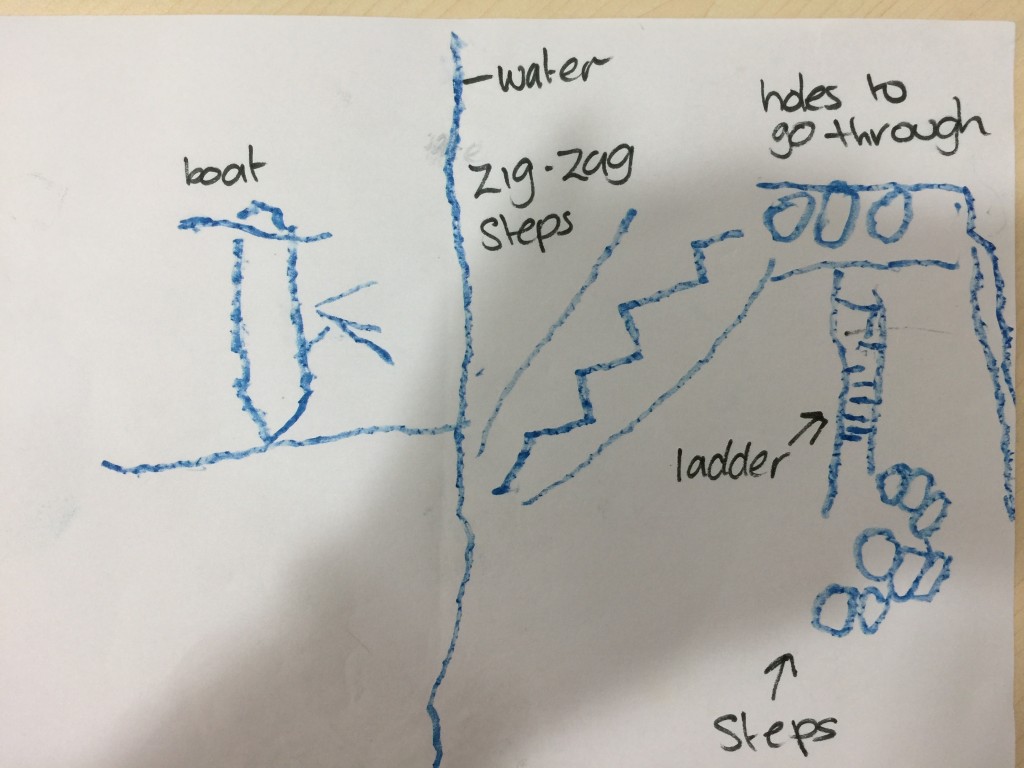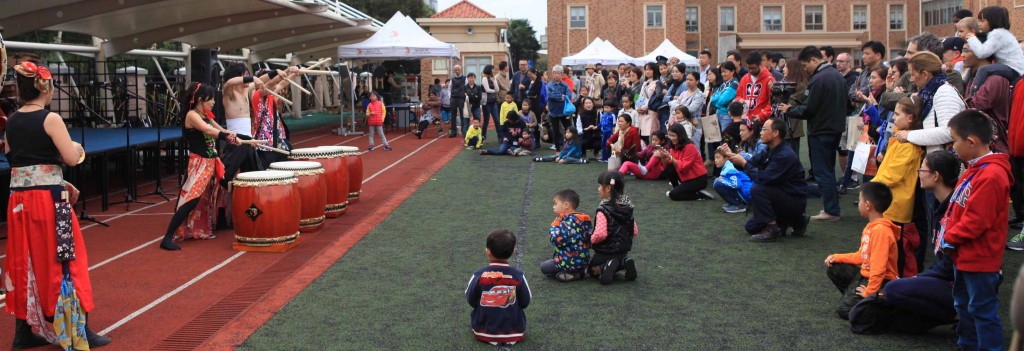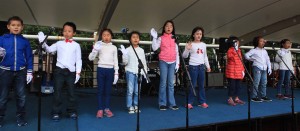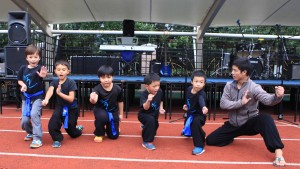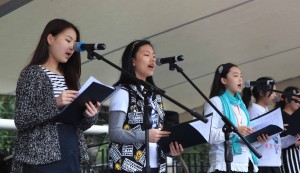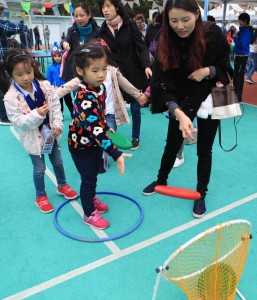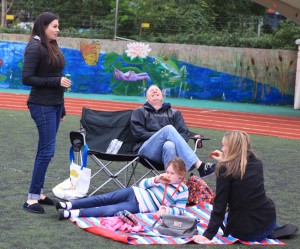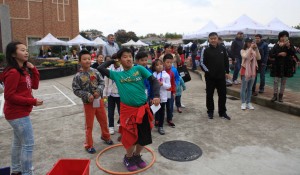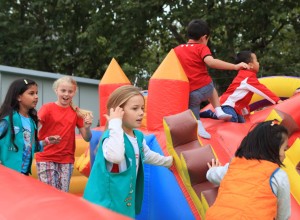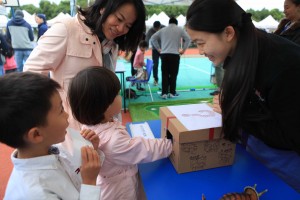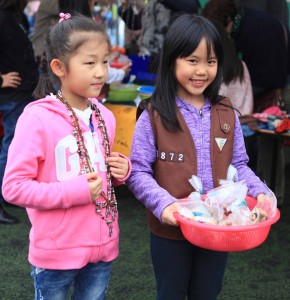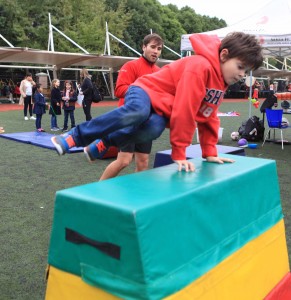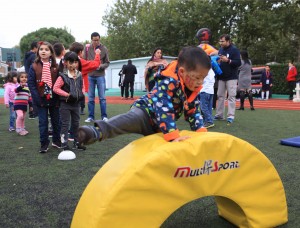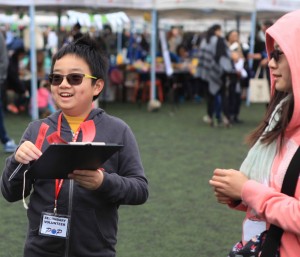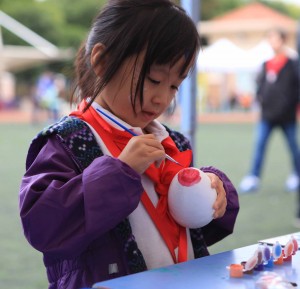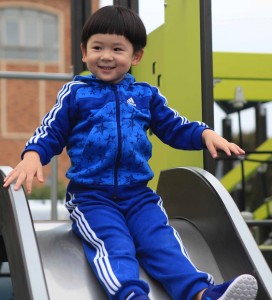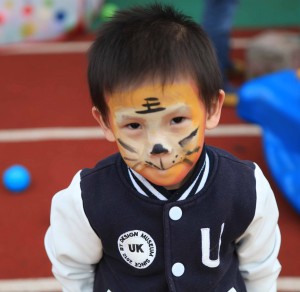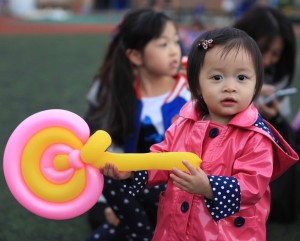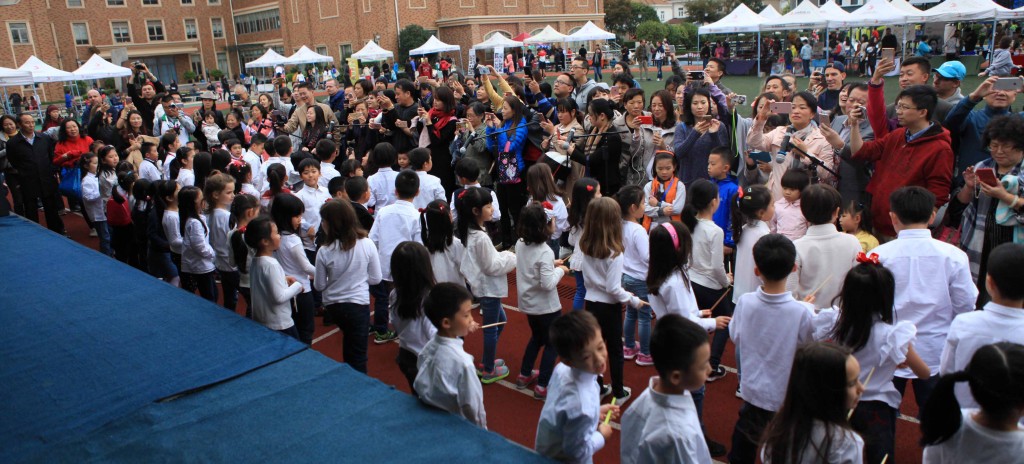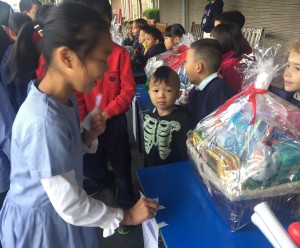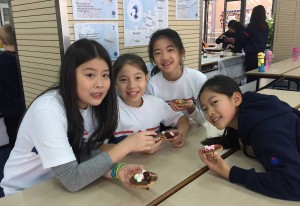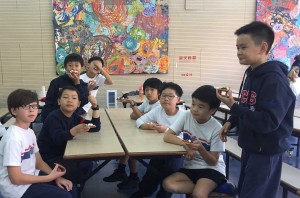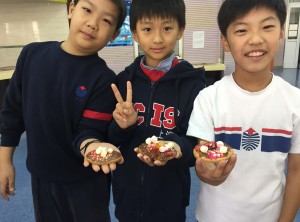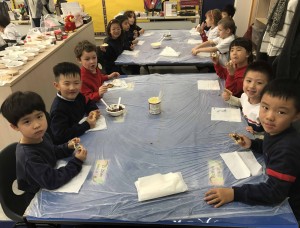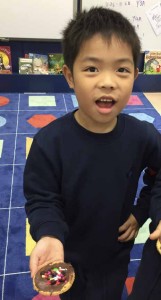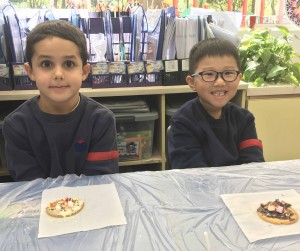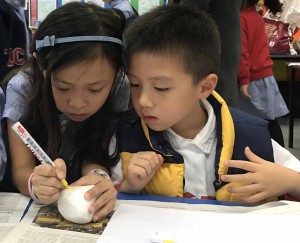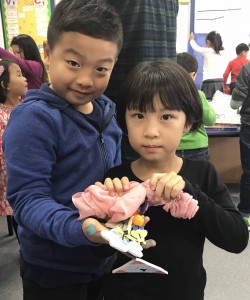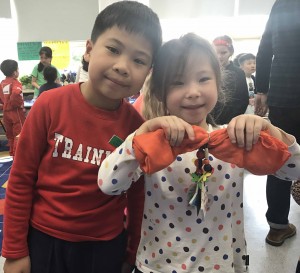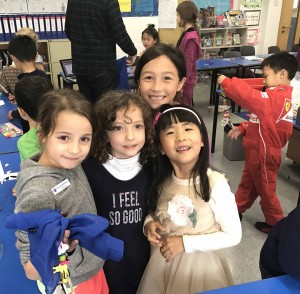Written by Roseline Yang (Community Relations Officer)

Diwali or “Festival of Light” is India’s biggest and most important holiday of the year, in the exact same way that the Spring Festival is to Chinese people and Christmas is to many western countries. This festival is celebrated for five continuous days with great enthusiasm and happiness in India. Click here for more information about Diwali.
This year, Diwali fell on October 30th. It was an extremely busy time for our Indian parents, especially because two of them- Anubhuti and Priyanka- were also part of the organization of the POP Picnic & Bazaar. Despite their busy schedule preparing this huge celebration outside of their country, they still found time to share stories about Diwali and organize artwork in some of the classes.
See in pictures the different activities the children experienced and their reactions:
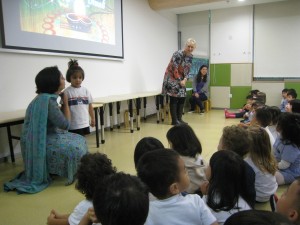 ECE’s short video presentation about why and how we celebrate Diwali
ECE’s short video presentation about why and how we celebrate Diwali
“It was the first time we did the presentation in ECE. ECE children were fascinated by the fireworks and also by the pictures of me and Nandini celebrating Diwali in our house in Shanghai, probably because they could relate to their classmate and me as her mom” Priyanka Chaturvedi, K3A Mom
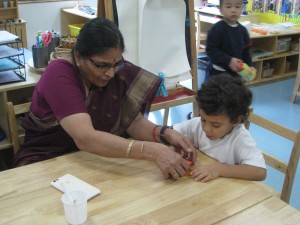 ECE – Diya artwork in K3A and in K4C
ECE – Diya artwork in K3A and in K4C
“My mother-in-law was here and helped with the activity. Children could see what an Indian grandma looked like.” Priyanka Chaturvedi, K3B Mom
Y1 – Presentation during Assembly
“Like every year, the presentation of Diwali was just perfect as it matches with our unit “My Home country”. Children get to see a life-illustration of what they are learning at school.” Y1D Co-teacher Cindy Zhang
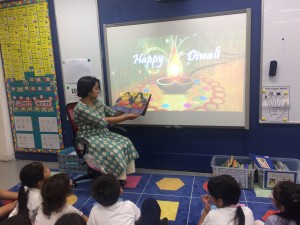 Y2 – Book reading on Diwali followed with short video presentation
Y2 – Book reading on Diwali followed with short video presentation
“Y2 asked many mythological questions about Indian gods, why the Demon king has 10 heads? Children were fascinated by the characters of the story.”
“During my presentation, I shared about 9 steps for preparing Diwali and Mr Cork asked children to compare it with Chinese New Year. 7 out of 9 steps were similar. It was one of my first presentation. Therefore, I used this aspect for other classes to attract children’s attention.” Priyanka Chaturvedi, Y2A Mom
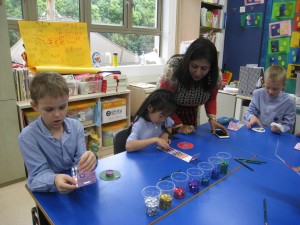 Y3C – Diya artwork activity
Y3C – Diya artwork activity
“The Children were so happy to decorate their own Diya and be able to bring it home” Y3C Co-teachers
I am always curious about different cultures so I also went to attend some of their activities and presentation. But what I am mostly fascinated about is the impact it can have on children’s learning journey. So, I interviewed two of the mums to know more about their involvement and after-sharing experience with the children.
 Why did you take the time to share about Indian festival at school?
Why did you take the time to share about Indian festival at school?
For me, apart from sharing my culture with the school community, it is also a good opportunity for my kids to know about their own culture. Thus they can understand about the importance of their own celebration even if they are not in India. Children can also learn about celebrations from other countries. Besides, when my child sees me at school, it gives him self-confidence. He can explain things to his classmates and he is also very excited and happy about this because he becomes the center of attention, especially when he appears on the TV.
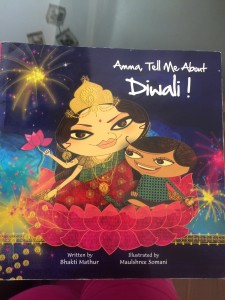 What do you think your contribution bring to the school?
What do you think your contribution bring to the school?
Apart from getting awareness on cultural diversity for children and for teachers, it also brings new ideas and content for school resources. For example, after reading the stories about the origins of Diwali, the teachers seemed to be interested in adding these stories to the library. The book author has written a collection about Hindu mythology. She is actually a mom who is explaining to her own child, leaving outside of India.
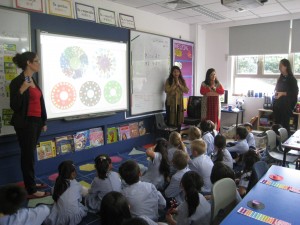 What do you think the children are getting out of your presentation?
What do you think the children are getting out of your presentation?
This is the third year I’m doing a presentation about Diwali and every year, I see a growth in the kid since the majority of them have heard of the presentation for 3 years. At the beginning, they had questions regarding why we join our hands when greeting “Namaste”, why we have a tattoo on the front or why we are wearing bangles and rings on the toes. At that time, they were interested in the physical aspect. Now, they are getting into the depth of it. Children have gone into the meaning of Diwali and asked “why do we burn the candle?, “why we worship female gods?”
 Anything else to share with our YCIS family?
Anything else to share with our YCIS family?This was my first year doing the Diwali presentation and class activity. Together with Ms.Ann and Ms. Lucy Yang from K4B, the kids made Diyas ( Indian traditional lamps) from styrofoam dough. It was a fun and great learning experience for the kids. As the dough was very easy to mould, they could shape it with their fingers, improving their fine motor skills. Moreover, while decorating the divas, they could develop their creative thinking. Not to mention that I taught the kids to say “Namaste” (hello in Hindi) which could be a tongue twister. However, a lot of them were finally able to pronounce it and had a good laugh hearing each other speak a new language.
All in all I had a fantastic experience! It was both enriching for the kids and myself and look forward to celebrating many more Diwali’s with the YCIS family.
A very big thank you again to our Indian parents from YCIS Community Family!
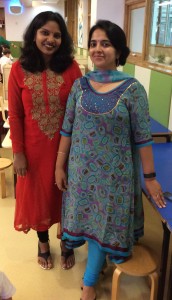
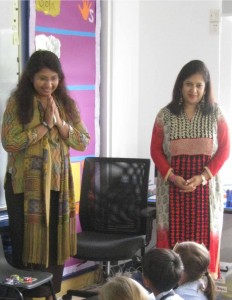

 Lukas Sanders and Yeseo Kim both received English awards at the Year 2 curriculum assembly on October 27. Read more about their achievements.
Lukas Sanders and Yeseo Kim both received English awards at the Year 2 curriculum assembly on October 27. Read more about their achievements. 